
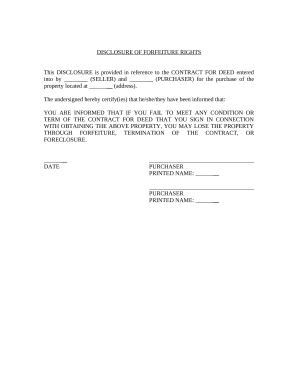
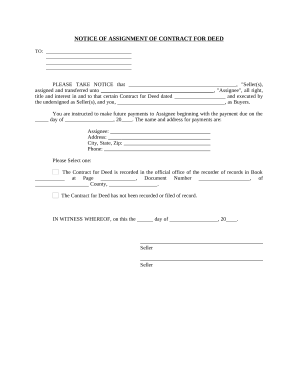
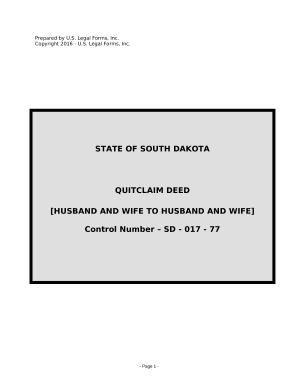
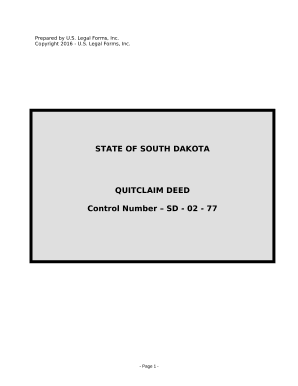

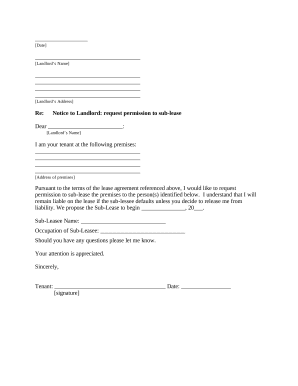
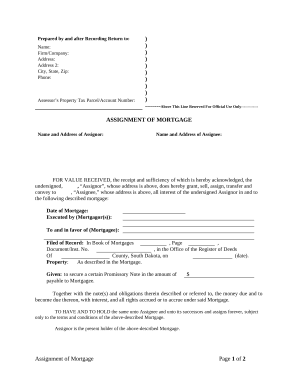

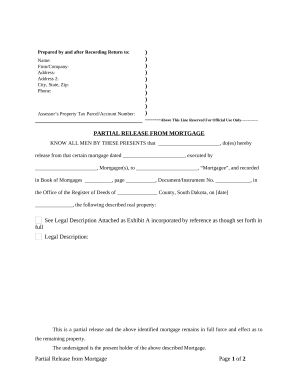
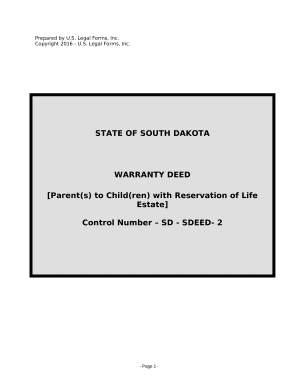
Boost your document managing with the South Dakota Property Forms online library with ready-made templates that suit your needs. Access your form template, change it, complete it, and share it with your contributors without breaking a sweat. Start working more effectively together with your forms.
The best way to manage our South Dakota Property Forms:
Examine all the possibilities for your online file administration with our South Dakota Property Forms. Get your free free DocHub account today!